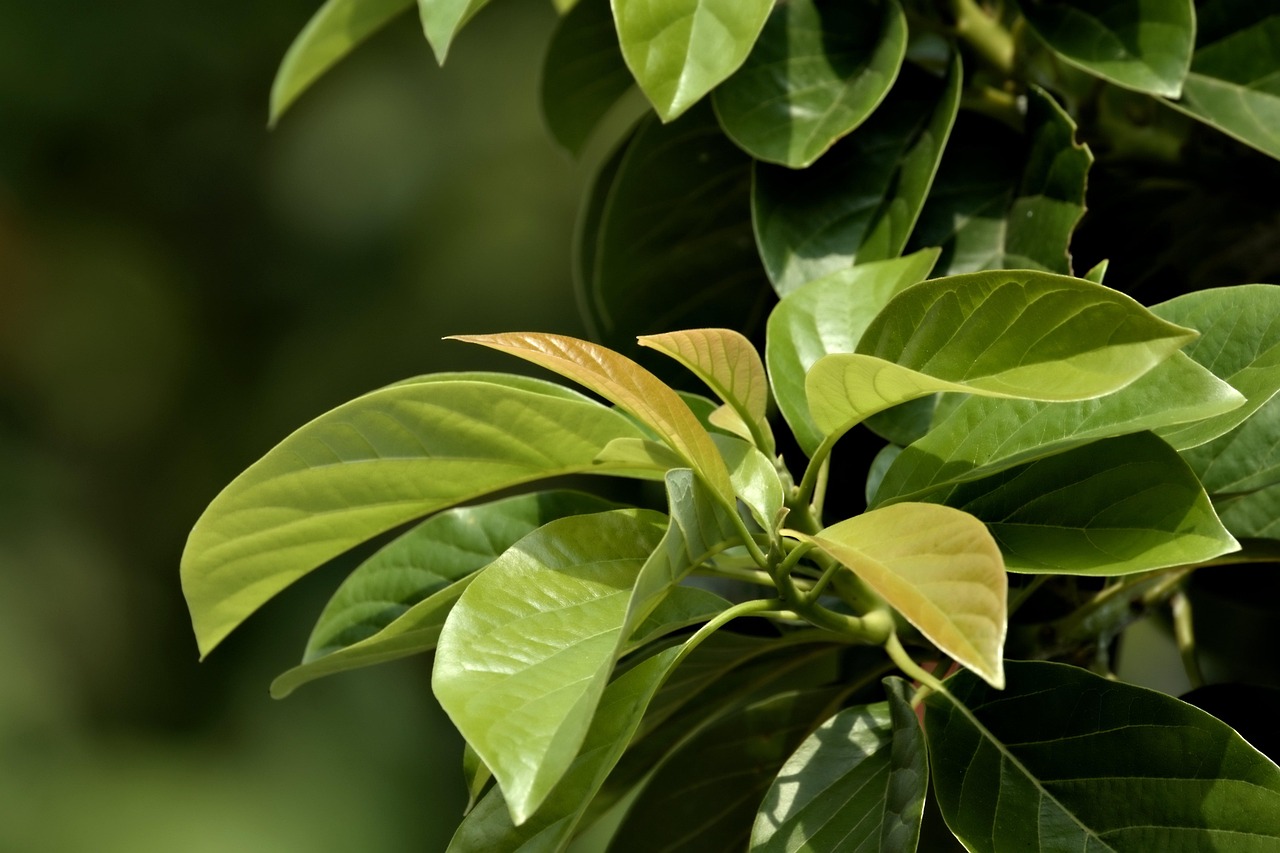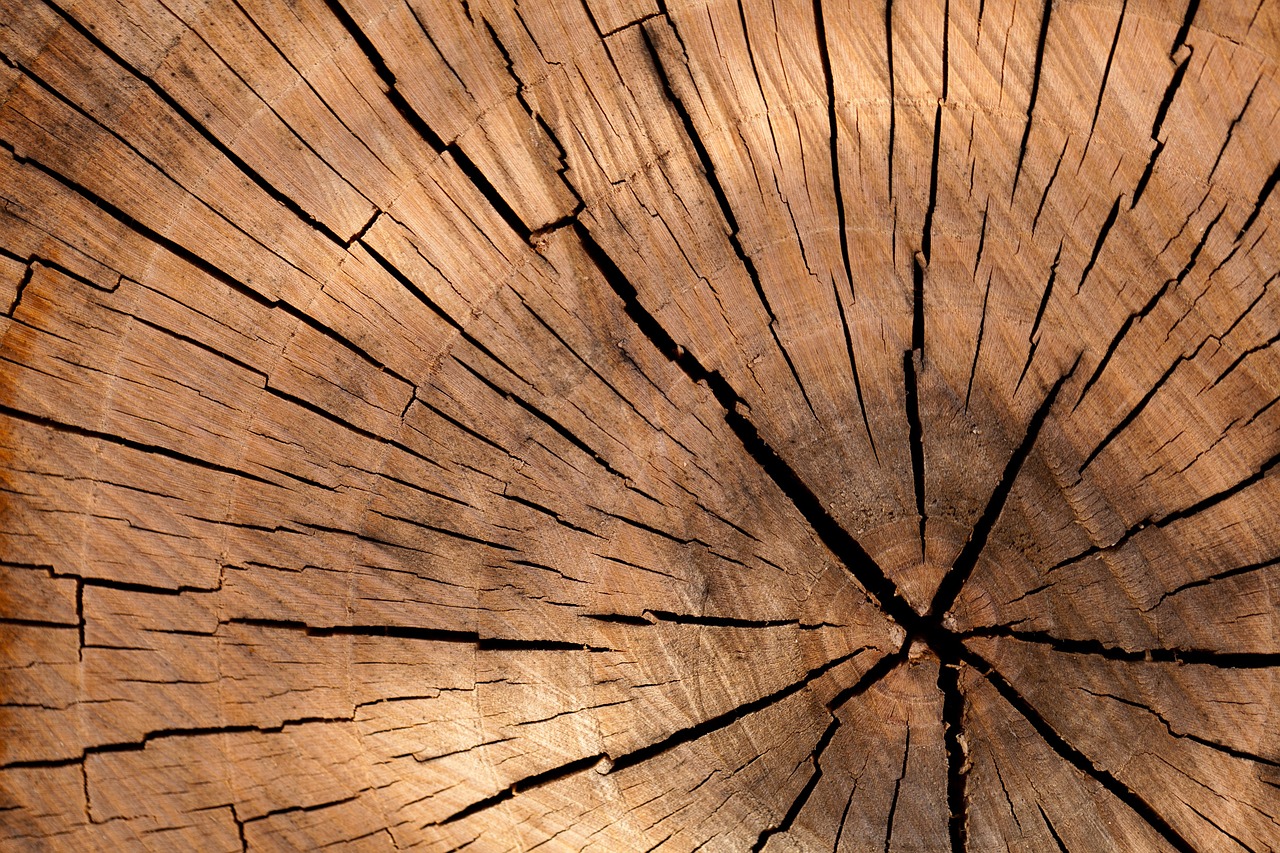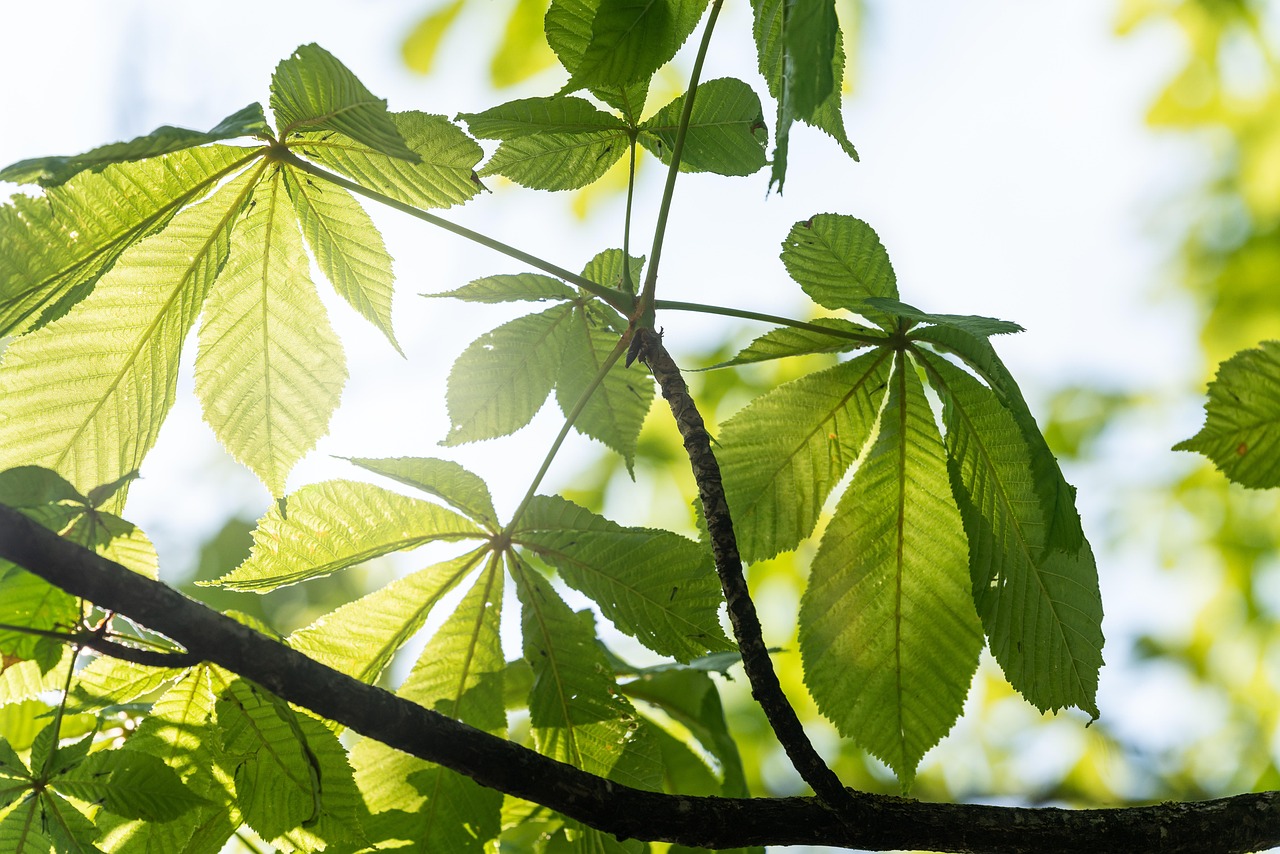A tree growth rate table provides important insights into how different tree species grow across various regions. This data is essential for forestry management, conservation efforts, and urban planning.
Understanding tree growth rates is vital for several reasons. Different species of trees have varying growth rates influenced by environmental factors, soil quality, and climate. By analyzing this information, we can make informed decisions about which trees to plant in specific locations. This knowledge is also crucial for managing forests sustainably and ensuring biodiversity.

Tree growth rates can differ significantly based on geographical regions. For instance, tropical regions often see faster growth rates due to warmer temperatures and higher rainfall compared to temperate or arid zones. Additionally, local soil conditions, such as nutrient availability and pH levels, can further impact how quickly trees can grow.
Factors Affecting Tree Growth Rates
Several key factors influence the growth rates of trees. These include:
- Species Type: Different species have inherent growth characteristics.
- Soil Quality: Nutrient-rich soil typically promotes faster growth.
- Climate: Temperature and precipitation levels are critical determinants.
- Sunlight: Adequate exposure to sunlight is necessary for photosynthesis.
- Water Availability: Sufficient moisture is essential for healthy growth.
By understanding these factors, researchers and land managers can predict how well a species might perform in a given location. This knowledge aids in selecting the right trees for reforestation projects and urban landscaping.

Tree Growth Rate Table Overview
A tree growth rate table typically includes various tree species along with their average growth rates in different regions. Below is a sample table that highlights a few common tree species and their estimated growth rates across various U.S. regions.
| Tree Species | Growth Rate (inches/year) | Region |
|---|---|---|
| Red Oak | 24 | Northeast |
| Ponderosa Pine | 12 | Western U.S. |
| Southern Yellow Pine | 18 | Southeast |
| Western Red Cedar | 24 | Pacific Northwest |
| Sugar Maple | 15 | Northeast |
This table serves as a basic reference for understanding how different species perform in various environments. Each entry shows not only the growth rate but also the region where the species thrives best. Such data is invaluable for foresters, landscapers, and environmentalists when planning planting strategies.
Moreover, tree growth rates can be influenced by human activities. Urbanization, deforestation, and climate change have significant effects on local ecosystems. Selecting the right species and understanding their growth potential can help mitigate these impacts.

The Importance of Regional Data
Regional data plays a crucial role in understanding tree growth rates. Climate variations across regions affect not only growth but also the resilience of tree species against pests and diseases. For example, trees that thrive in humid climates may struggle in dry areas, leading to poor growth or mortality.
By collecting data on tree growth rates across different regions, researchers can identify trends and make predictions about future growth patterns. This information is critical for conservation efforts aimed at preserving native species and restoring degraded landscapes.
In conclusion, analyzing tree growth rates through tables and regional data enables better decision-making in forestry management and ecological conservation. As we continue to face environmental challenges, understanding these dynamics will be increasingly important for sustainability efforts globally.
Tree Species and Their Growth Characteristics
Each tree species has unique characteristics that influence its growth rate. Understanding these traits is essential for selecting the right trees for specific environments. Below, we explore some common tree species along with their distinct growth features.

Fast-Growing Tree Species
Fast-growing trees are often preferred for landscaping, timber production, and reforestation efforts. Here are some notable fast-growing species:
- Eastern Cottonwood: Known for its rapid growth, Eastern Cottonwood can grow up to 5 feet per year under optimal conditions.
- Hybrid Poplar: This tree is favored for its ability to grow quickly, reaching heights of 30 to 50 feet in just a few years.
- Willow: Willows thrive near water sources and can grow several feet each year, making them a popular choice for erosion control.
- Silver Maple: This species grows quickly, with annual increases of 3 to 5 feet, and is often planted in urban areas.
These species not only grow rapidly but also provide shade and habitat for wildlife. However, they may require more maintenance due to their fast growth rates and susceptibility to certain pests.
Slow-Growing Tree Species
In contrast, slow-growing trees can be more resilient and longer-lived. Some of these species include:
- White Oak: This tree grows slowly but can live for several hundred years, making it a valuable addition to any landscape.
- Ponderosa Pine: While it has a moderate growth rate, it is known for its longevity and strength, suitable for timber production.
- Red Maple: Typically slower in growth compared to other maples, this tree adapts well to various soil types.
- Cedar: Cedar trees grow slowly but provide excellent durability and resistance to decay.
Slow-growing trees often have deeper root systems, which help them access water and nutrients more effectively during dry periods.
Regional Differences in Growth Rates
The growth rates of trees can vary significantly depending on the region. Factors such as climate, soil composition, and local ecosystems play critical roles. Below are some insights into how these factors affect tree growth across various regions in the U.S.
Northeastern United States
The Northeast experiences a temperate climate with distinct seasons. The following species thrive in this region:
- Sugar Maple: Known for its brilliant fall colors, it grows at a moderate rate of about 15 inches per year.
- White Pine: Fast-growing in this area, it can reach up to 2 feet of growth annually.
Southeastern United States
This region has a warm climate with ample rainfall. Trees here often exhibit faster growth rates:
- Loblolly Pine: This species grows rapidly, often exceeding 3 feet per year.
- Live Oak: While slower initially, they can achieve significant heights over time with proper care.
Western United States
The climate varies greatly from coastal regions to arid deserts. Notable species include:
- Coast Redwood: This tree is one of the tallest in the world, with growth rates reaching up to 36 inches per year in ideal conditions.
- Ponderosa Pine: Moderate growth rates of about 12 to 24 inches annually make it a key species in the mountainous areas.
Environmental Influences on Tree Growth
The environment plays a crucial role in determining tree growth rates. Several environmental factors are noteworthy:
- Soil Quality: Nutrient-rich soils promote healthier growth rates.
- Water Availability: Trees in areas with consistent rainfall typically exhibit faster growth than those in drought-prone regions.
- Pests and Diseases: Infestations can hinder growth and reduce overall health.
Understanding these environmental influences helps land managers predict which species will thrive in specific locations. This knowledge aids in planning for both urban development and conservation efforts.
The Role of Tree Growth Data in Forestry Management
Tree growth data is invaluable for effective forestry management. By analyzing growth rates, foresters can make informed decisions regarding sustainable logging practices and reforestation efforts. Here are some key applications of tree growth data:
- Pest Management: Data helps identify trends in pest outbreaks and their effects on specific species.
- Sustainability Planning: Foresters can determine how many trees can be harvested without damaging the ecosystem.
- Species Selection: Insights from growth data guide the selection of suitable species for replanting efforts.
This data-driven approach ensures that forestry practices are sustainable and beneficial for both the environment and local economies.
Impact of Climate Change on Tree Growth Rates
Climate change is altering ecosystems worldwide, significantly affecting tree growth rates. Changes in temperature, precipitation patterns, and the frequency of extreme weather events can impact how trees grow and thrive. Understanding these effects is crucial for effective forestry management and conservation practices.
Temperature Changes
Increasing temperatures can have varied effects on tree species depending on their adaptability. Here are some potential impacts:
- Extended Growing Seasons: Warmer temperatures may lead to longer growing seasons in some regions, allowing tree species to grow more rapidly.
- Heat Stress: Conversely, some species may experience stress during extreme heat events, leading to reduced growth rates and increased vulnerability to pests.
Foresters must monitor temperature changes and their effects on different species to make informed management decisions.
Altered Precipitation Patterns
Changes in rainfall can significantly affect tree growth. The following points illustrate these impacts:
- Drought Conditions: Prolonged droughts can stunt growth and increase mortality rates, particularly in species not adapted to low moisture.
- Increased Rainfall: While more rain can benefit growth, excessive rainfall can lead to waterlogged soils, which negatively impact root health.
By understanding these changes, land managers can adapt their strategies for planting and maintaining tree populations.
Tree Growth Rate Monitoring Techniques
Monitoring tree growth rates is essential for collecting data that informs management practices. Various techniques are employed to assess growth accurately:
Dendrometry
Dendrometry involves measuring the growth of trees over time. This can be done through:
- Diameter at Breast Height (DBH): Measuring the diameter of a tree at a standardized height helps track growth.
- Height Measurements: Regular height measurements provide insights into vertical growth trends.
Remote Sensing
Advancements in technology allow for the use of remote sensing techniques for monitoring tree growth. Methods include:
- SAR (Synthetic Aperture Radar): This technology can detect changes in forest biomass and structure over time.
- Lidar (Light Detection and Ranging): Lidar provides precise measurements of tree heights and canopy structures, allowing for detailed assessments of forest health.
These methods enable researchers to gather large amounts of data efficiently, contributing to a better understanding of tree growth dynamics across regions.
The Role of Citizen Science in Tree Growth Data Collection
Citizen science initiatives play an increasingly important role in gathering data on tree growth rates. Engaging the public in tree monitoring has several benefits:
- Data Collection: Volunteers can help collect valuable data, expanding the scope of research efforts.
- Awareness Raising: Involving community members fosters awareness about local ecosystems and the importance of trees.
- Increased Participation: Citizen science encourages people to take an active role in conservation efforts and environmental stewardship.
Simplified monitoring techniques, such as measuring tree height or DBH, can be taught to volunteers, enabling them to contribute effectively without extensive training.
Case Studies on Tree Growth Rate Research
Several case studies highlight the importance of tree growth rate research in understanding environmental impacts and guiding forestry practices. Some notable examples include:
The Southern Forests Case Study
This study focused on the growth rates of various pine species across different sites in the Southeastern United States. Key findings included:
- Pine Growth Variability: The research indicated significant variability in growth rates based on soil type and moisture availability.
- Sustainable Management Practices: Recommendations were made for adaptive management strategies that consider local conditions.
The Pacific Northwest Forests Study
This research examined the influence of climate change on old-growth forests:
- Impact on Growth Rates: The study found that rising temperatures affected tree health and growth rates significantly.
- Biodiversity Considerations: It emphasized the need for maintaining biodiversity to enhance ecosystem resilience against climate change impacts.
These case studies underscore the value of ongoing research on tree growth rates and their implications for forestry management and ecological health.
Future Directions in Tree Growth Rate Research
As we continue to explore the complex interactions between tree species and their environments, future research on tree growth rates will become increasingly important. Innovations in technology and methodologies will enhance our understanding of these dynamics. Here are some anticipated directions for future studies:
Integration of Genetic Studies
Understanding the genetic factors that influence growth rates will provide insights into how different species can adapt to changing conditions. Research may focus on:
- Genetic Diversity: Exploring how genetic variation within species affects growth potential and resilience to stressors.
- Genomic Technologies: Utilizing advanced genomic techniques to identify traits linked to rapid growth and disease resistance.
Long-Term Monitoring Programs
Establishing long-term monitoring programs will help researchers track growth patterns over extended periods. Such programs can provide valuable data on:
- Climate Change Effects: Long-term data can reveal trends related to climate change and its impact on tree health and growth.
- Forest Dynamics: Observations of forest regeneration and succession can inform sustainable management practices.
Collaboration Between Disciplines
Future research will benefit from interdisciplinary collaboration. By combining insights from ecology, genetics, climate science, and social sciences, we can develop more comprehensive strategies for managing forests effectively. Collaborative efforts can focus on:
- Community Engagement: Involving local communities in research projects to enhance public knowledge and stewardship.
- Policy Development: Working with policymakers to create guidelines that consider scientific data for sustainable forestry practices.
Final Thoughts
The study of tree growth rates is crucial for understanding ecosystem dynamics and supporting sustainable forestry practices. As we face challenges such as climate change, habitat loss, and urban expansion, accurate data on tree growth becomes even more vital. This knowledge can guide decision-making for conservation efforts and urban planning.
Through ongoing research, monitoring, and collaboration across disciplines, we can better understand how tree species respond to environmental changes. The insights gained will not only support healthy forest ecosystems but also contribute to the resilience of our planet.
The importance of tree growth rate data extends beyond forestry management; it encompasses biodiversity conservation, climate adaptation strategies, and community engagement. By prioritizing this research, we can ensure a sustainable future for forests and the myriad benefits they provide to humanity.
In conclusion, as we continue to learn from tree growth data, the integration of science with practical applications will empower us to protect and enhance our forest resources. The work done today will influence the health of our planet for generations to come.
